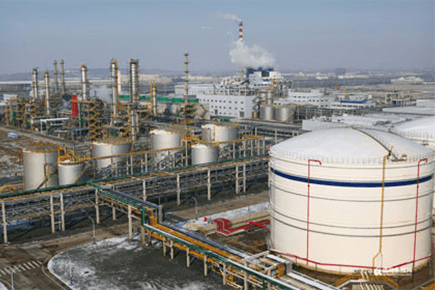SEPLITE® LSC668 Macroporous weak base anionic resin for recovery precious metals

SEPLITE® LSC668 Macroporous weak base anionic resin for recovery precious metals Descriptions:
SEPLITE® LSC668 is a weak basic macroporous anion resin with tertiary amino groups.
Due to its macroporous structure which enables an excellent total and operating capacity as well as very good mechanical stability.
It can be used in recovery precious metals like gold or silver from cyanide solutions and removal of chromate or heavy metal cyanide from contaminated groundwater.
SEPLITE® LSC668 Macroporous weak base anionic resin for recovery precious metals Physical and Chemical Characteristics:
|
Matrix Structure |
Polystyrene Crosslinked with DVB |
|
Functional group |
Tertiary amine |
|
Shipping form |
Free base |
|
Physical Appearance |
spherical beads |
|
Particle size (mm) |
0.4-1.25 (min.95%) |
|
Moisture content (%) |
40-50 |
|
Total Capacity(mmol/ml) |
≥2.0 (Cl-) |
|
Bulk Density ( g/l) |
650-730 |
|
Density ( g/l) |
1010-1100 |
|
Whole beads count (%) |
≥95 |
|
Uniformity coefficient |
≤0.6 |
|
Volume change (free base → Cl-) % |
45 |
SEPLITE® LSC668 Macroporous weak base anionic resin for recovery precious metals Precautions:
Resins should be stored in sealed containers or bags where temperature was above 0℃ in dry conditions without exposure to direct sunlight. Do not mix ion exchange resin with strong oxidizing agents; otherwise it will cause violent reactions.
In case of eyes contact with resins, rinse eyes immediately with plenty of water, and consult a specialist. Material and samples must be disposed according to local regulations.
Dry polymers will expand when become wetted and may cause an exothermic reaction. Spilled materials may be slippery.
SEPLITE® and Monojet™ are registered trademarks of Sunresin New Materials Co. Ltd.
This information is general information and may differ from that based on actual conditions. For more information about SEPLITE® resins, please contact SUNRESIN® directly.













